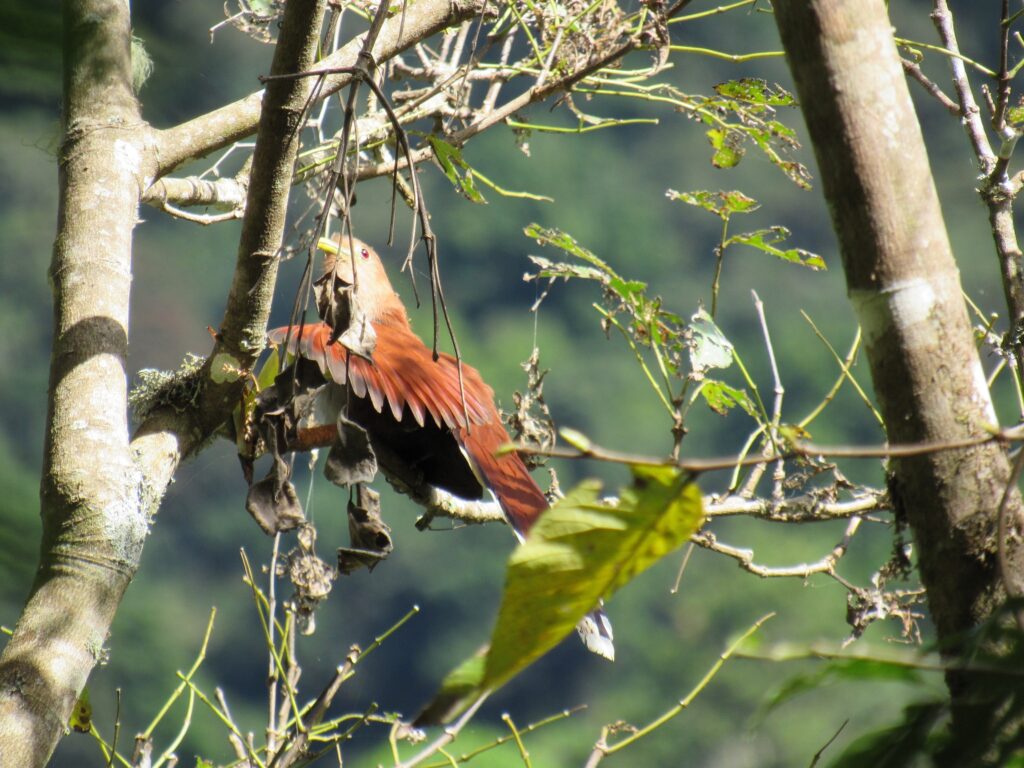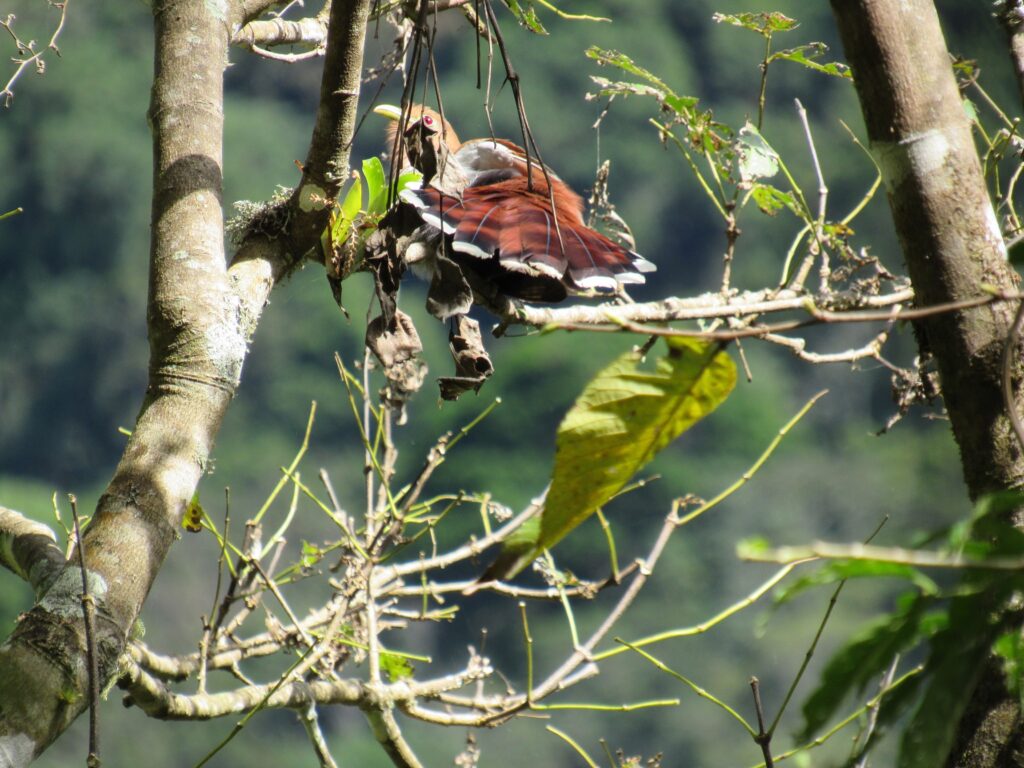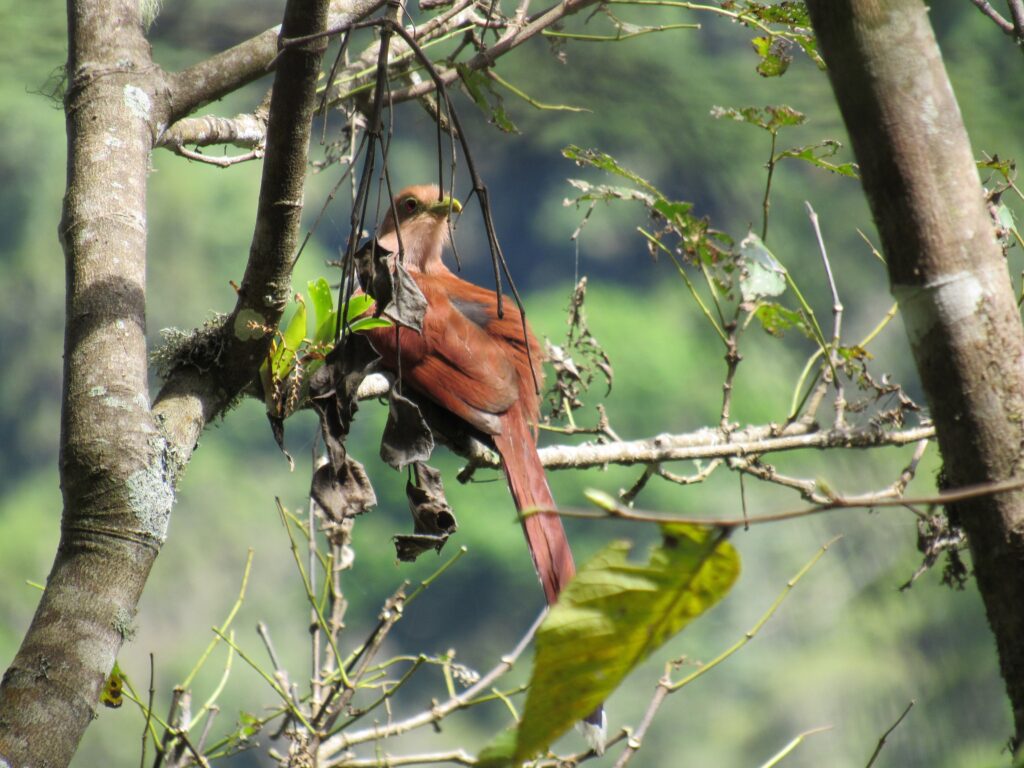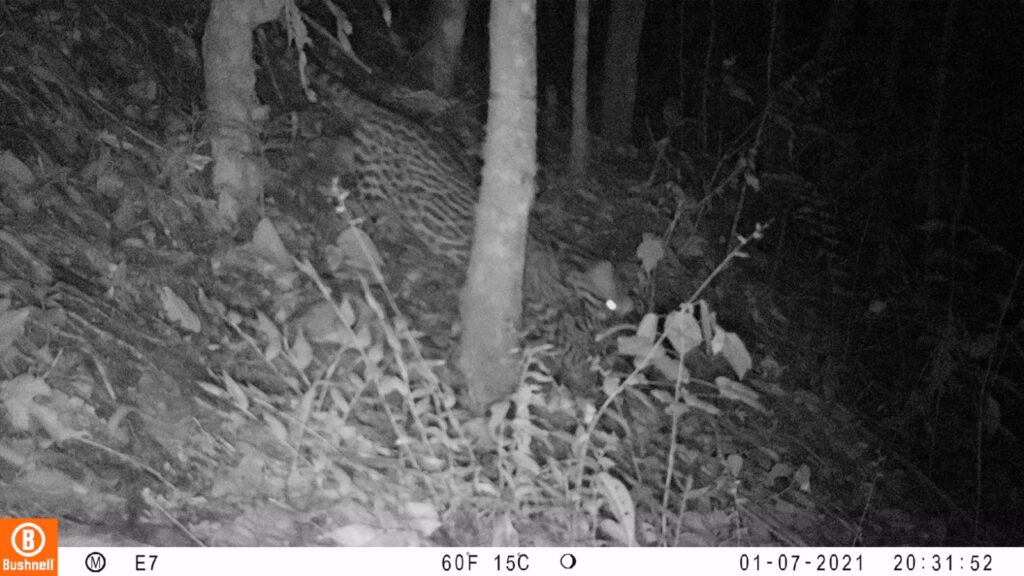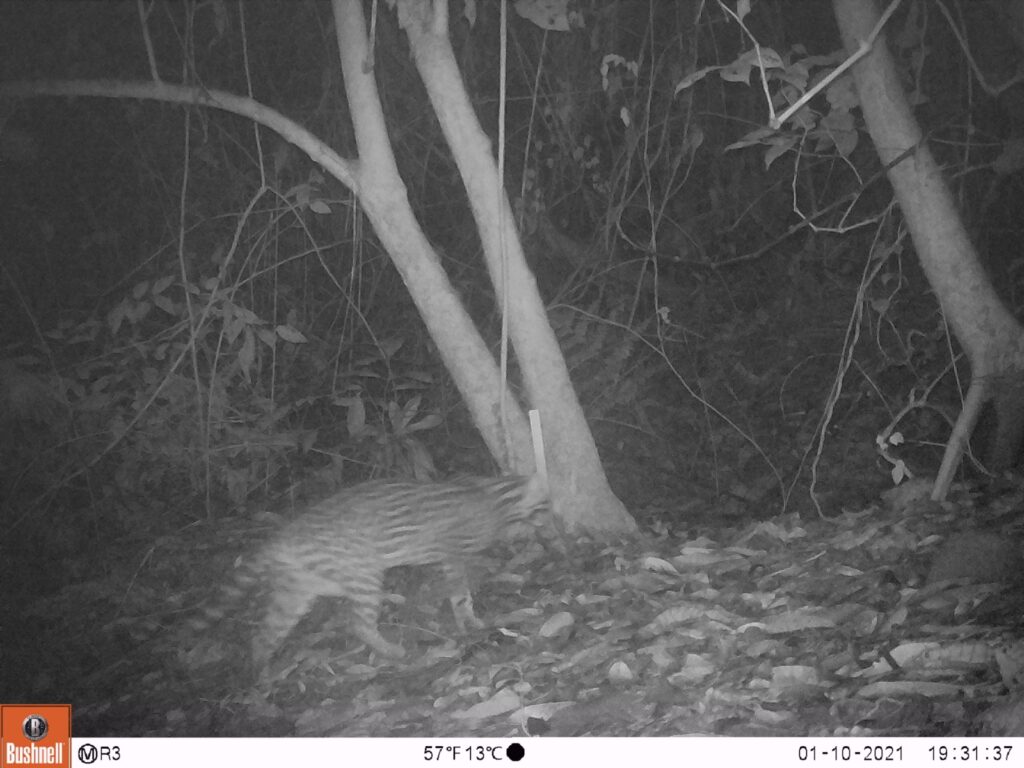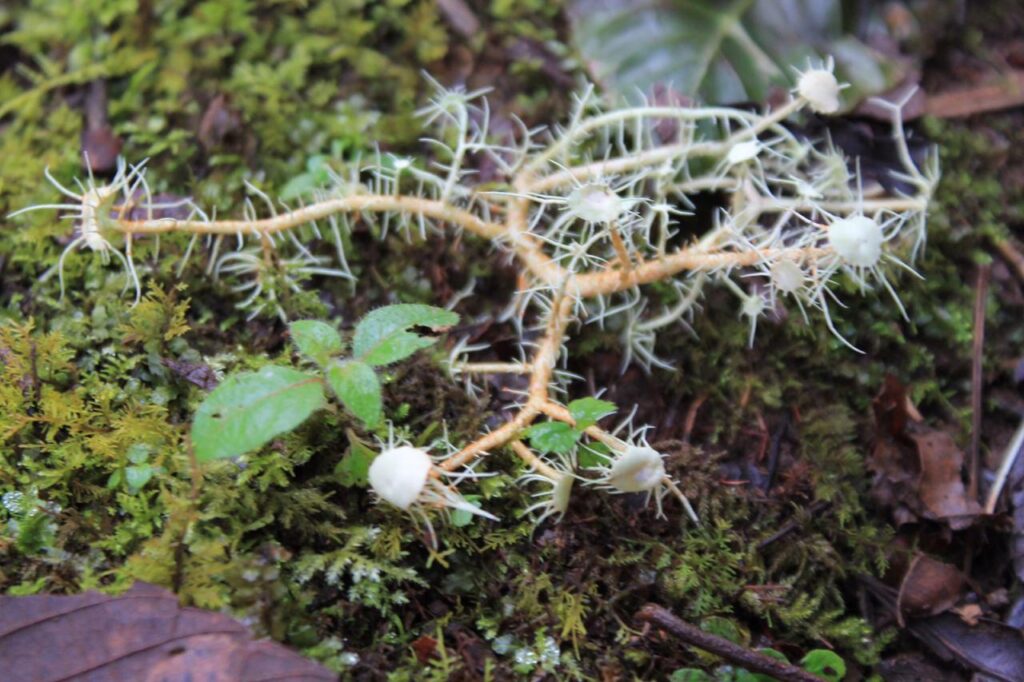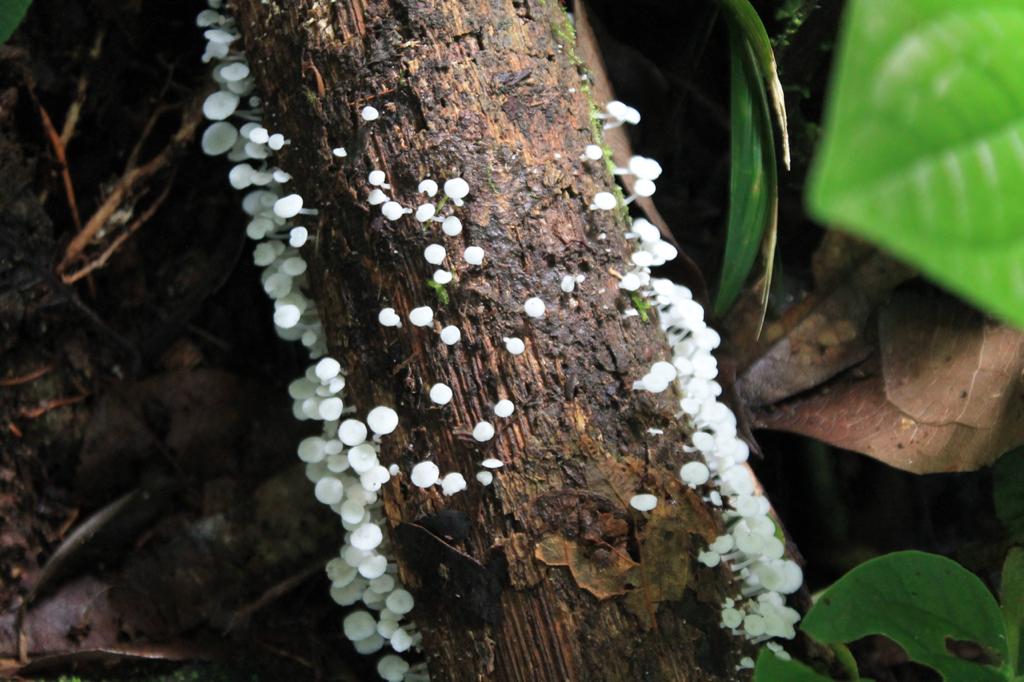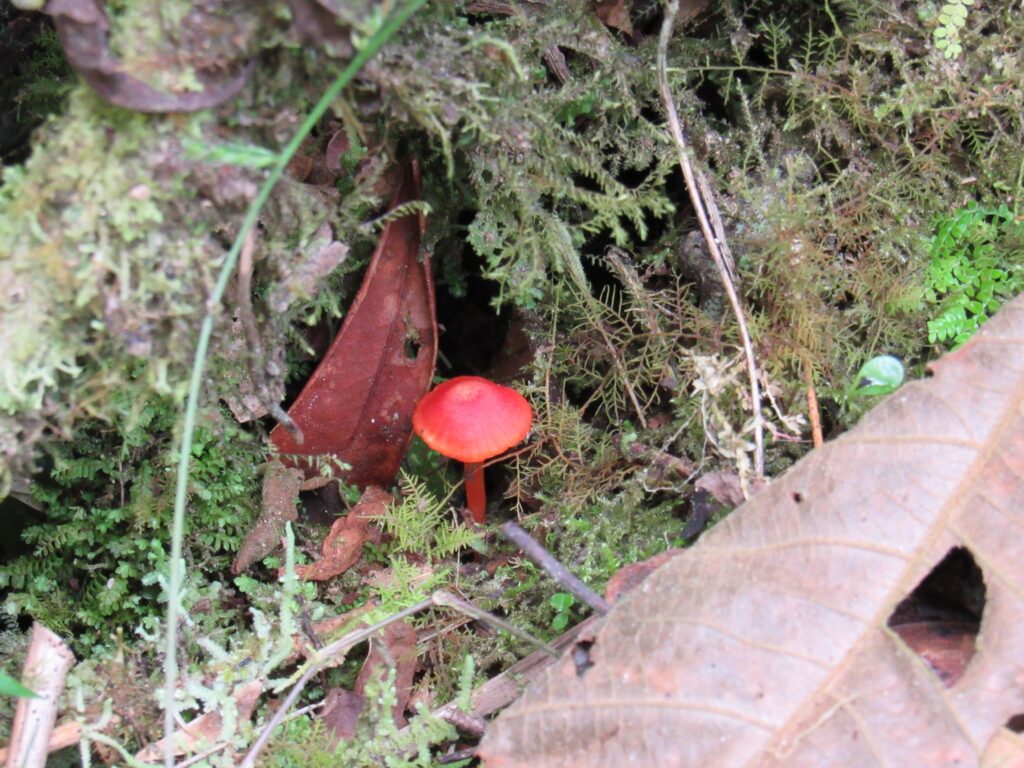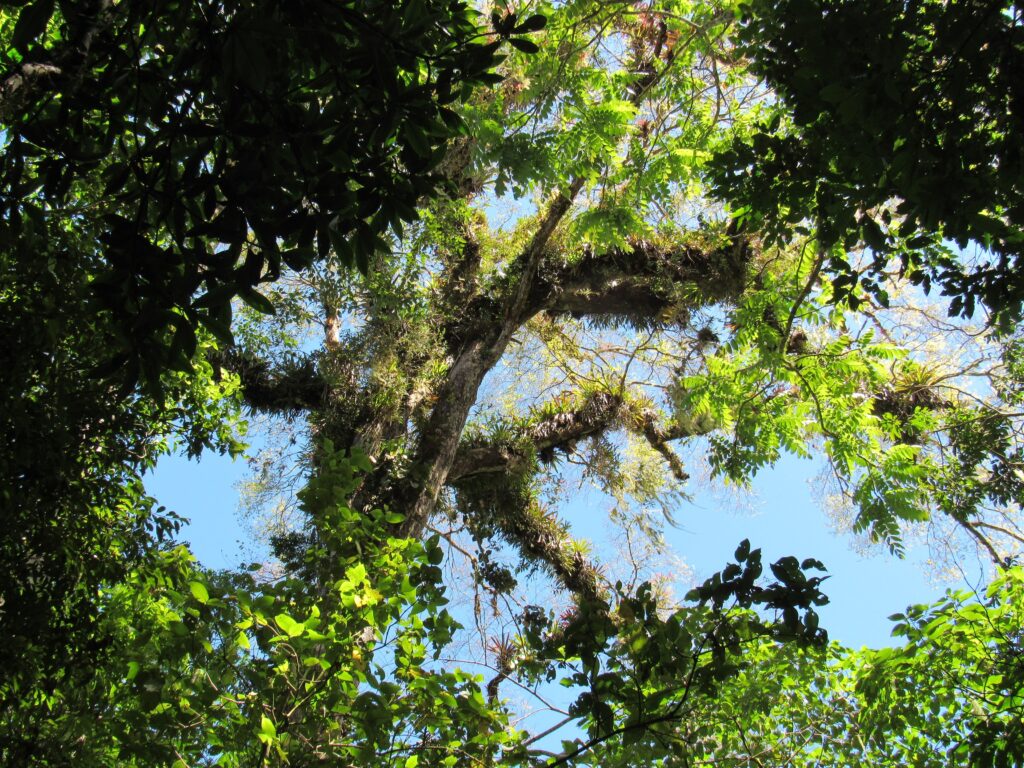
We hope that this New Year of 2021 will bring many blessings, health and happiness to all! On a global scale, we trust that this year we will be able to put the Covid-19 pandemic behind us, in addition to taking aggressive action on the climate crisis.
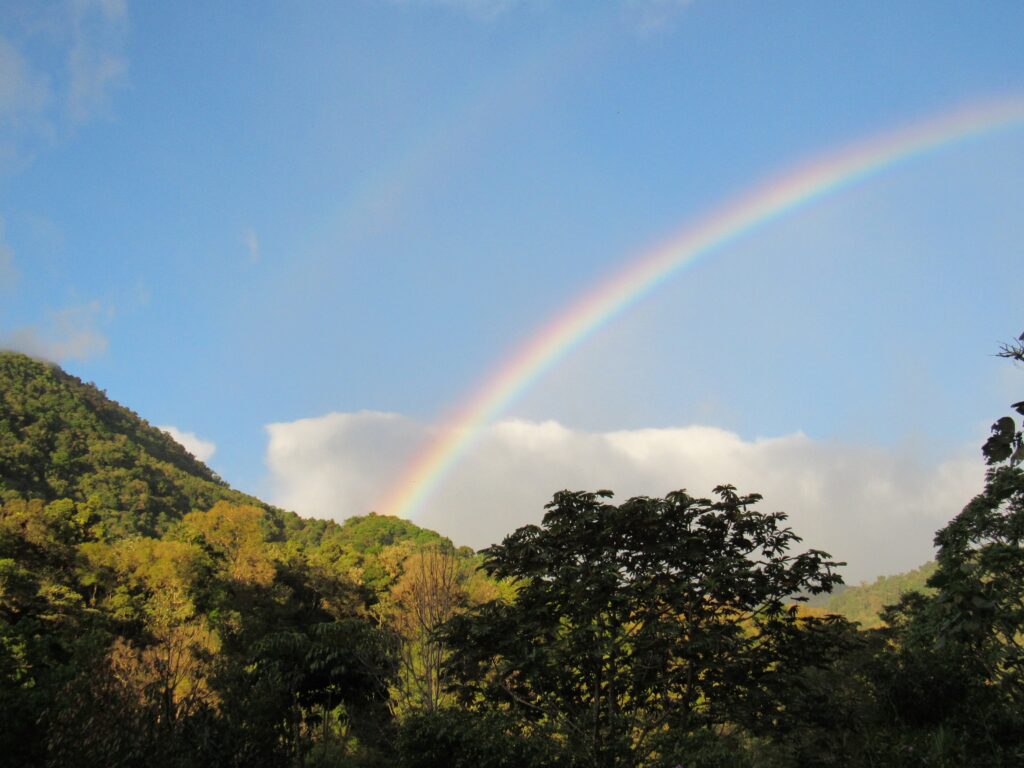
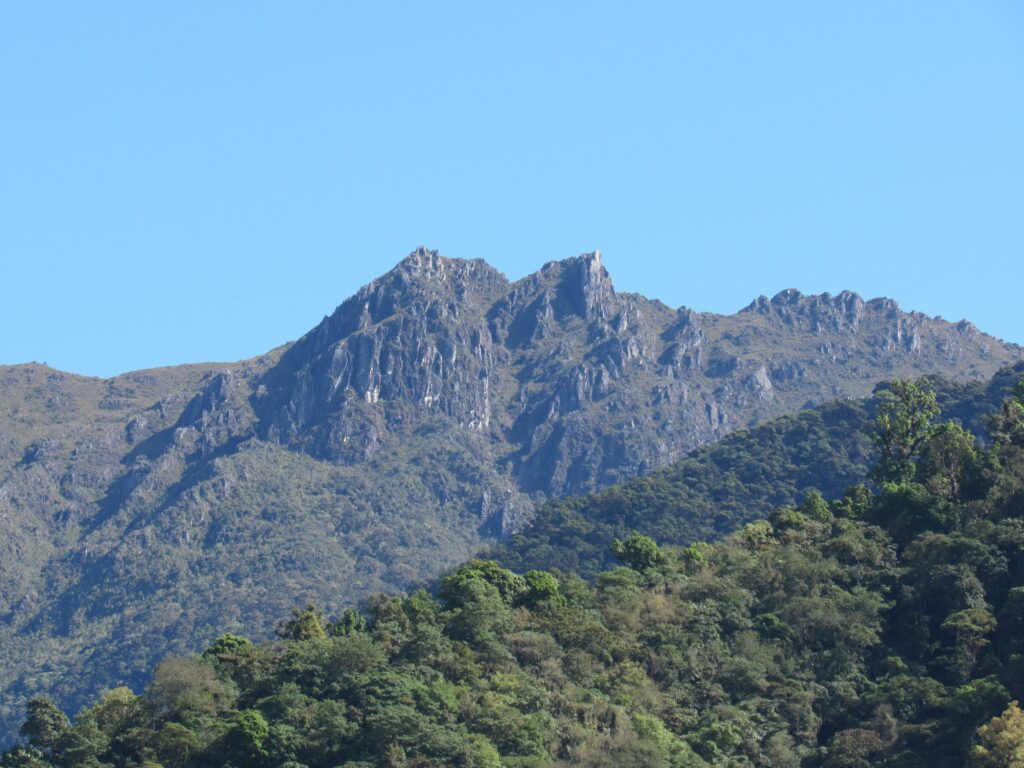
In this part of Costa Rica, it is now the dry season, or «summer» as we like to call it, and we have been enjoying the ability to hike all day without worrying about the rain showers that can usually be expected in the afternoon during other parts of the year. So this is a lovely time of year to visit the Reserve, for those of you who have the opportunity. We also have availability in our rental cabins, so come and enjoy the cool mountain air!
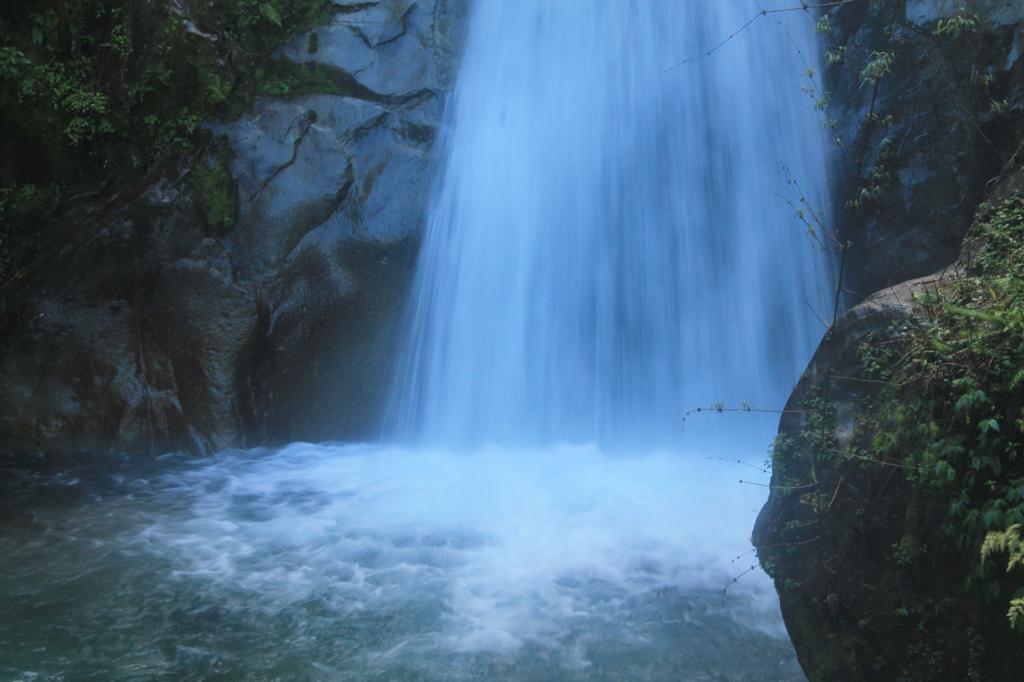
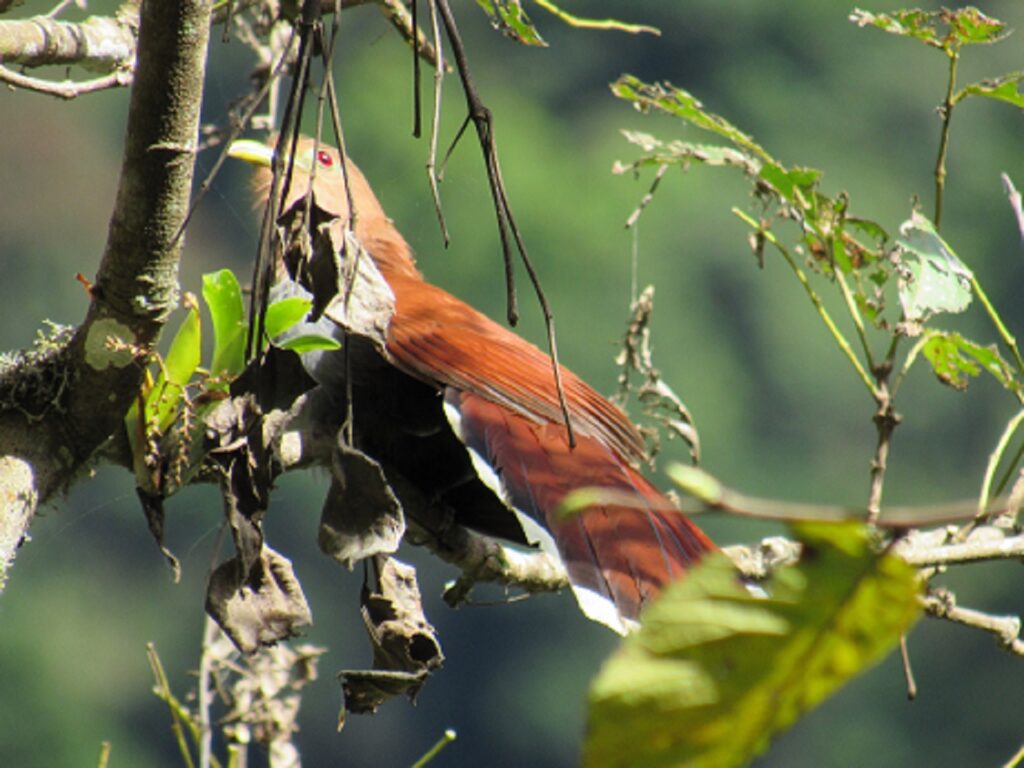
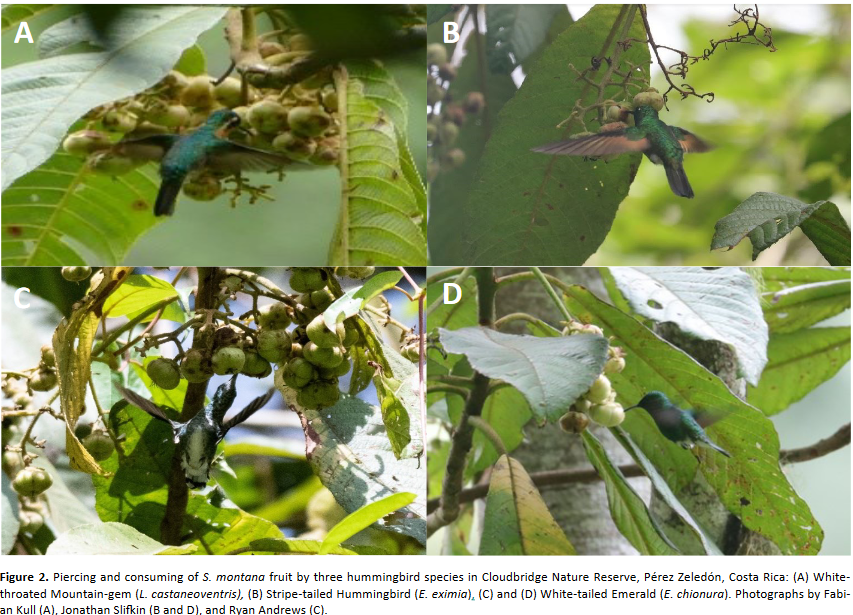
We are very excited to announce that two researchers from early 2019, Charlotte Smith and Harry Elliott have just gotten their paper published! They observed hummingbirds feeding on fruits which is an almost undocumented behaviour for hummingbirds and the first ever documented for these species. They submitted their manuscript back in the summer of 2019 and after a number of hiccups it’s finally been published in Ornitología Neotropical. Here’s the link: https://journals.sfu.ca/ornneo/index.php/ornneo/article/view/591
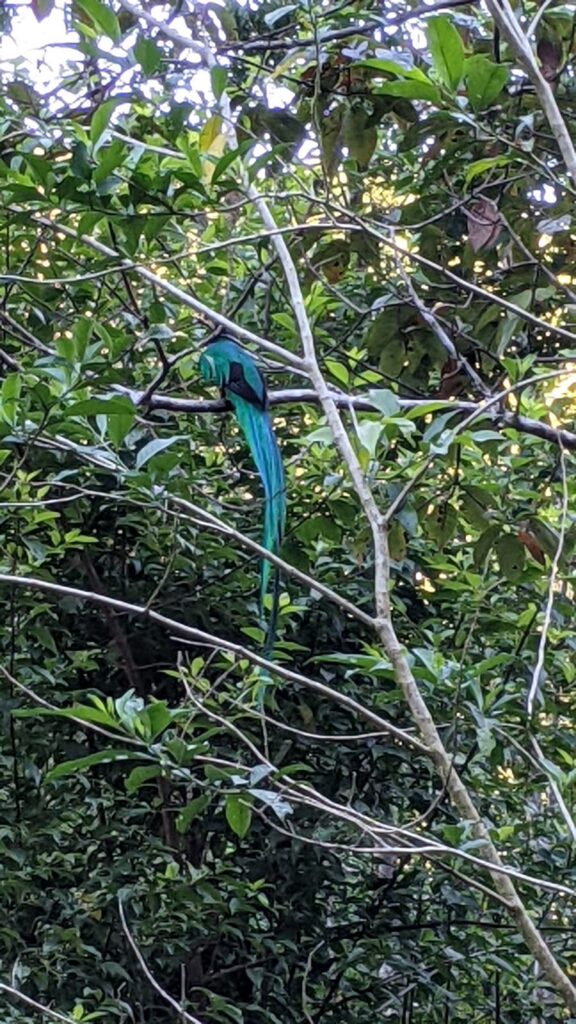
This month is also a special time because the Resplendent Quetzal is around once more. Though this picture is not the best (it was taken from a cell phone), it was taken right near the entrance to the reserve, when this handsome bird and his mate were present early one recent morning. (photo credit: Paula Pebsworth). Many migratory birds are here at the moment, as well as some beautiful local birds.
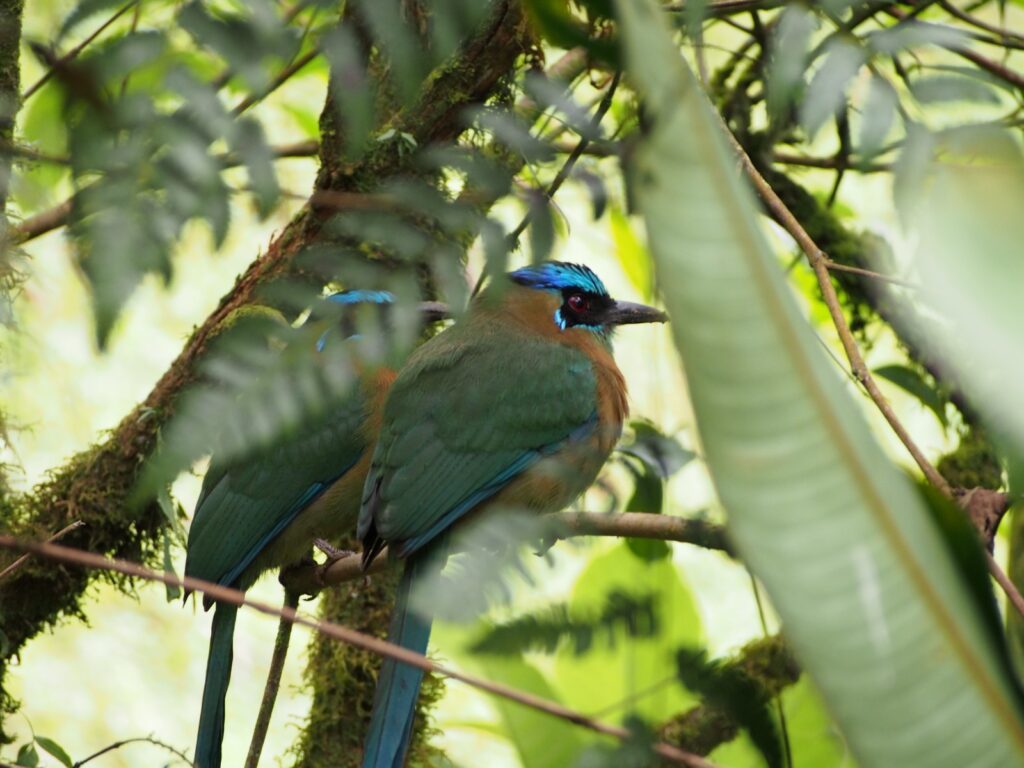
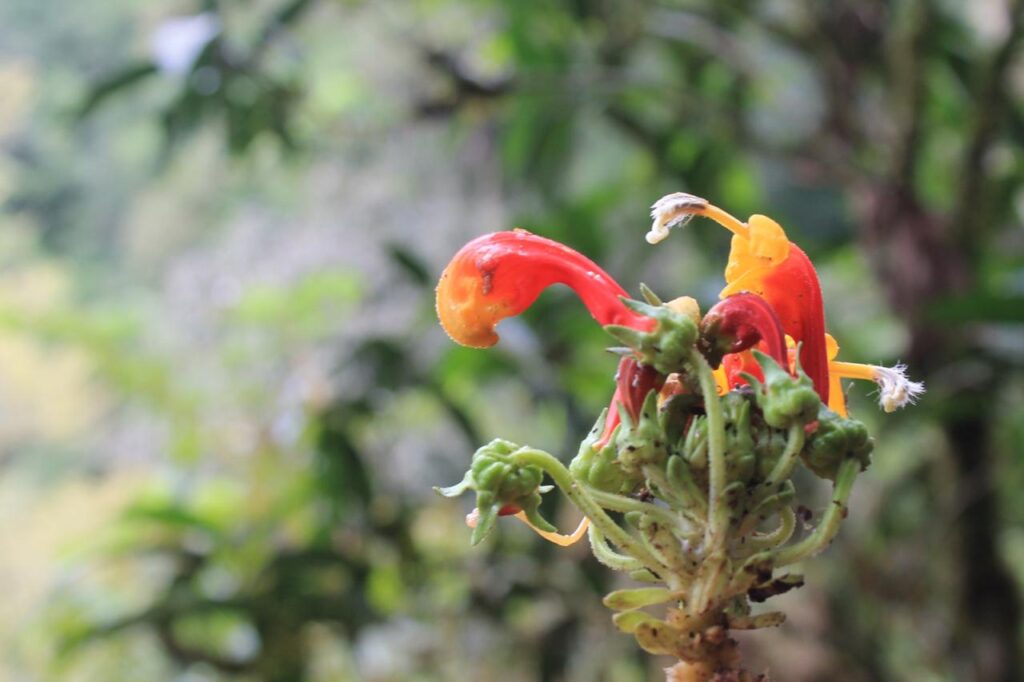
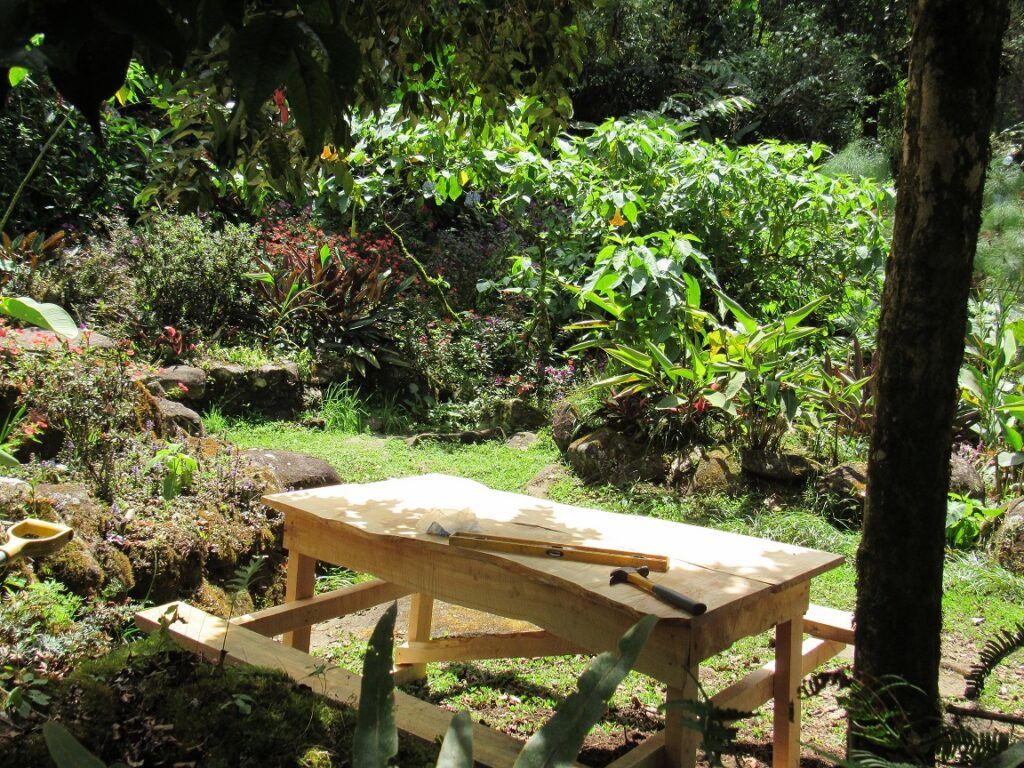
We are constantly improving the facilities of Cloudbridge Nature Reserve, now with the addition of picnic tables and additional benches located at scenic locations throughout the Reserve. Please feel free to come and enjoy a lovely picnic lunch with your family here at Cloudbridge, just remember to take all of your trash, including leftovers! Leaving food waste in the Reserve can be detrimental to wildlife, so it is important that you not leave organic waste to «compost» in the reserve.
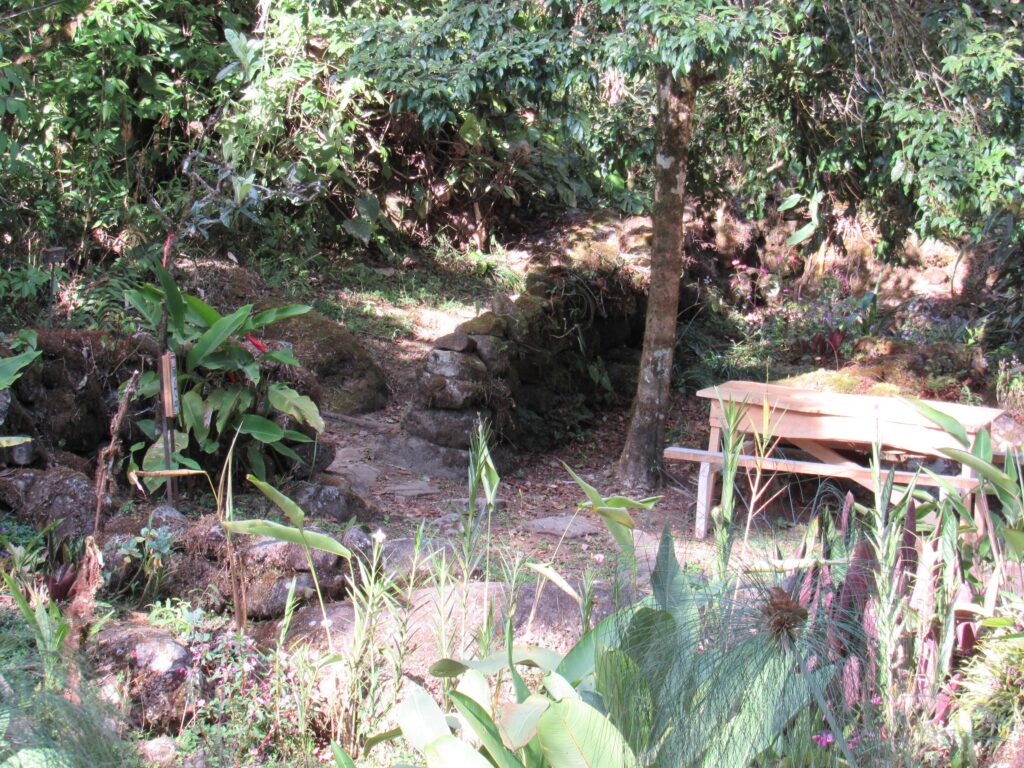
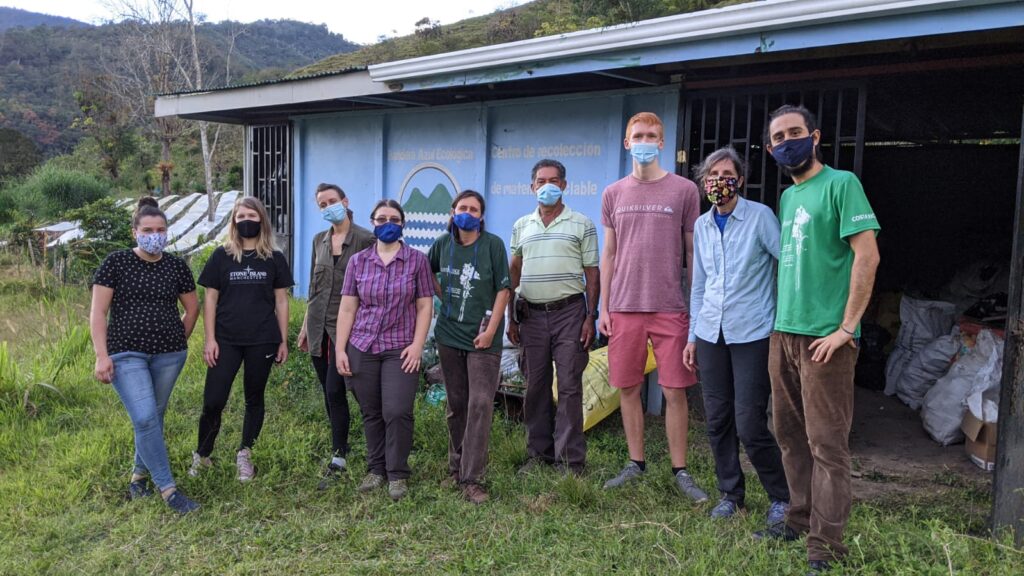
Though San Gerardo´s recycling program has been temporarily suspended due to the Covid-19 pandemic, visitors to Chirripó and other select areas have continued generating recycling, whih still needs to be sorted and compressed. Cloudbridge has a long-standing cooperative relationship with this program, and it was a pleasure to join don Omar Garita in this task recently. Thank you don Omar, and our team, for your efforts!
Staff, Researchers and Volunteers
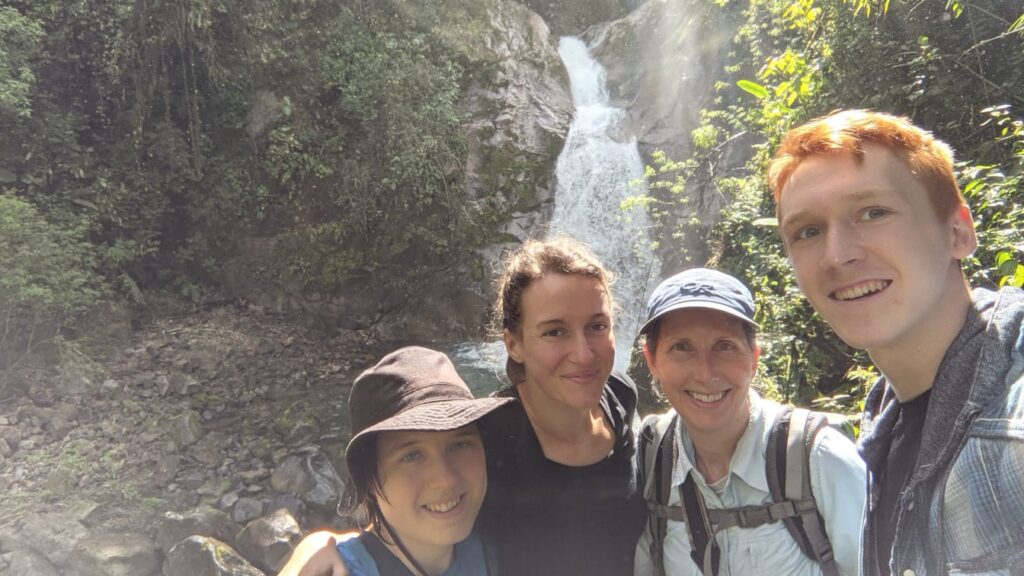
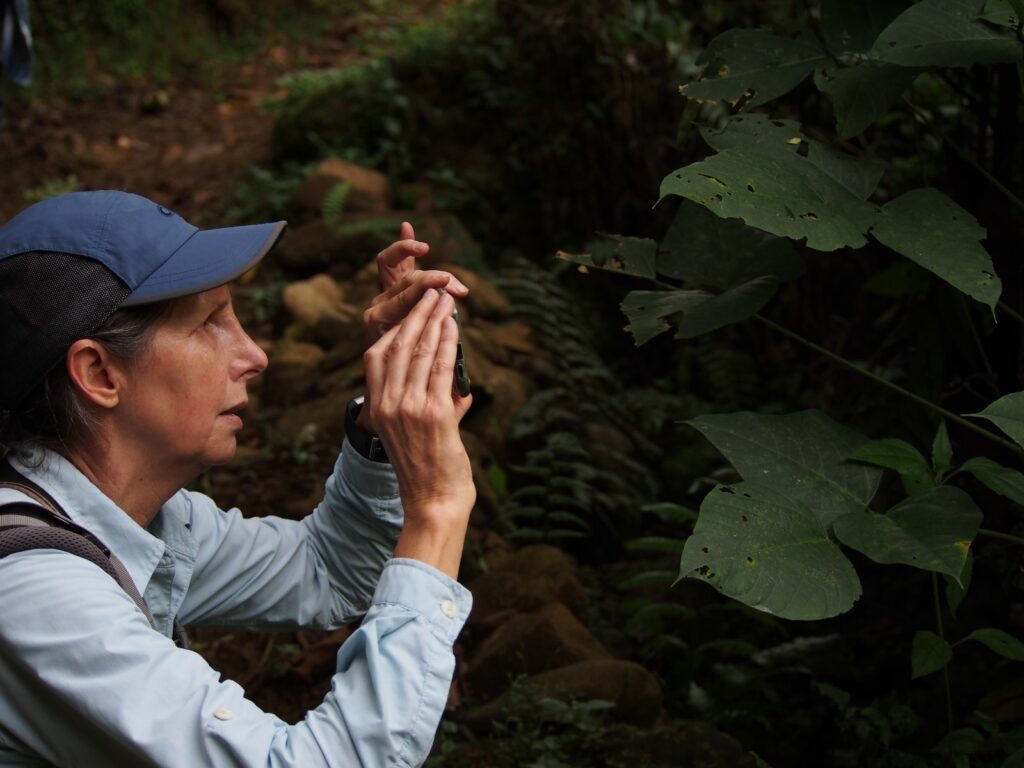
Hello, my name is Paula Pebsworth and I am from San Antonio, Texas. I am honored to be the new Scientific Coordinator here at Cloudbridge. I have a doctorate in Primatology from Kyoto University’s Primate Research Institute. My areas of expertise are self-medicative behavior (how animals maintain their health) and human-wildlife conflict resolution. I have come to Cloudbridge to help others with their research and to coordinate projects that will facilitate our understanding of the fauna and flora that make their home at Cloudbridge. My time at the reserve will be spent coordinating the reserve’s scientific activities. I will also be training and supervising researchers and interns. I will also provide logistical support for independent researchers and oversee and coordinate collaborative projects with other organizations. Additionally, I will be conducting my own research. I look forward to providing researchers, interns, and volunteers with wonderful experiences while living in this beautiful cloud forest among like-minded people. I look forward to making new friends, improving my Spanish, learning to identify neotropical plants and animals, and enjoying the night sky here at Cloudbridge.
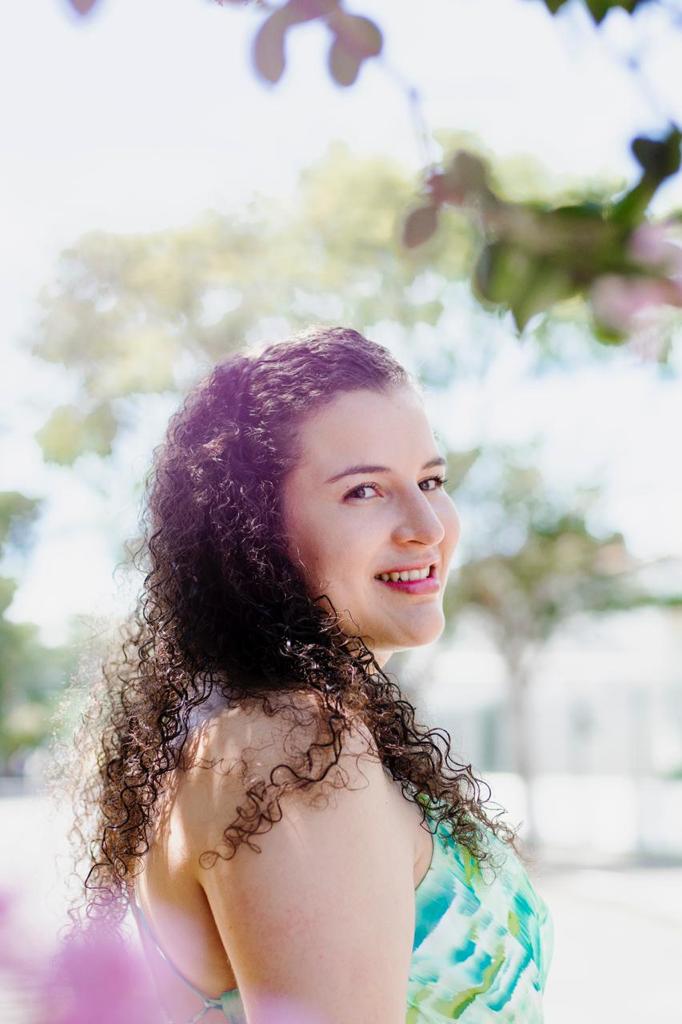
Hello! My name is Laura Picado Abarca, I am from Costa Rica and I studied Industrial Chemistry. Right now I am a chemistry teacher and I came to Cloudbridge for two weeks to help with the projects they have and also to improve my English.
During this time I participated in the project with camera traps and also collaborated with the owl survey and making a fungi booklet. During the tours I took some photos of the incredible species of animals and plants that can be found. I have had a great experience, I met incredible people and I hope to return at some point
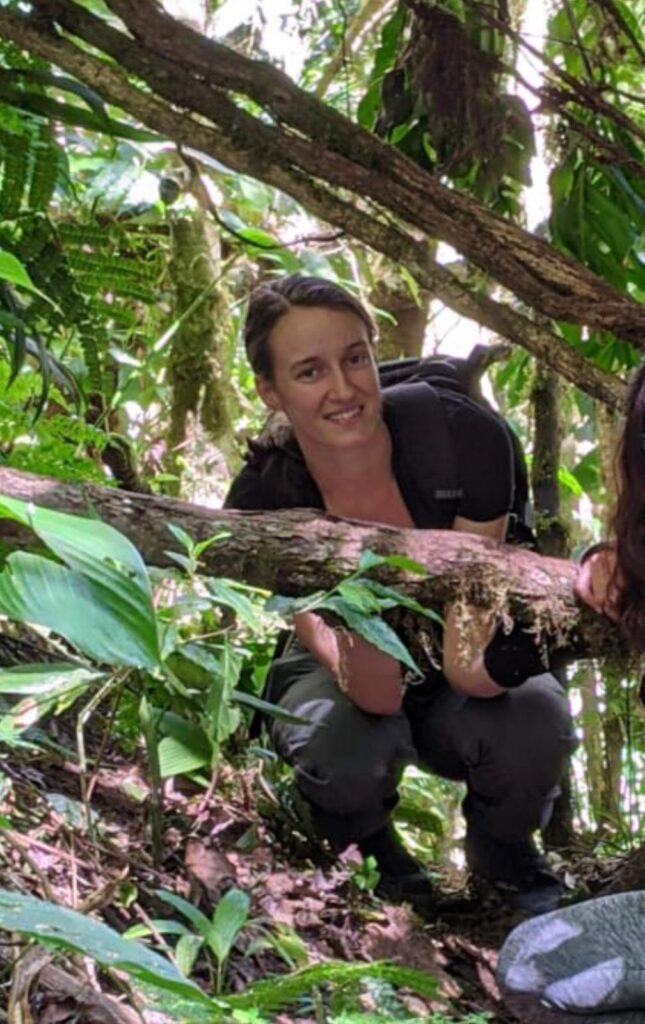
My name is Nina, I am from Stockholm, Sweden, where I live and study a bachelor in biology . I came to cloudbridge for one month to gain some over all field experience in conservation and different survey techniques. I absolutely love it here, being surrounded by stunning nature and enthusiastic people is such an inspiration.
Some images from Cloudbridge
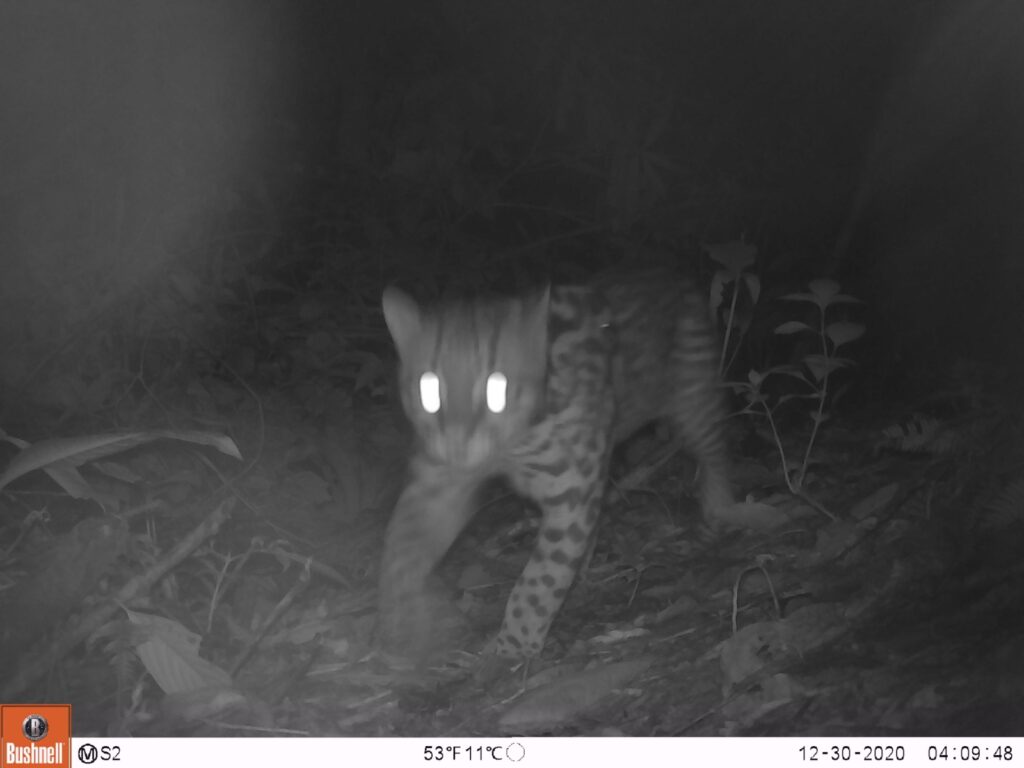
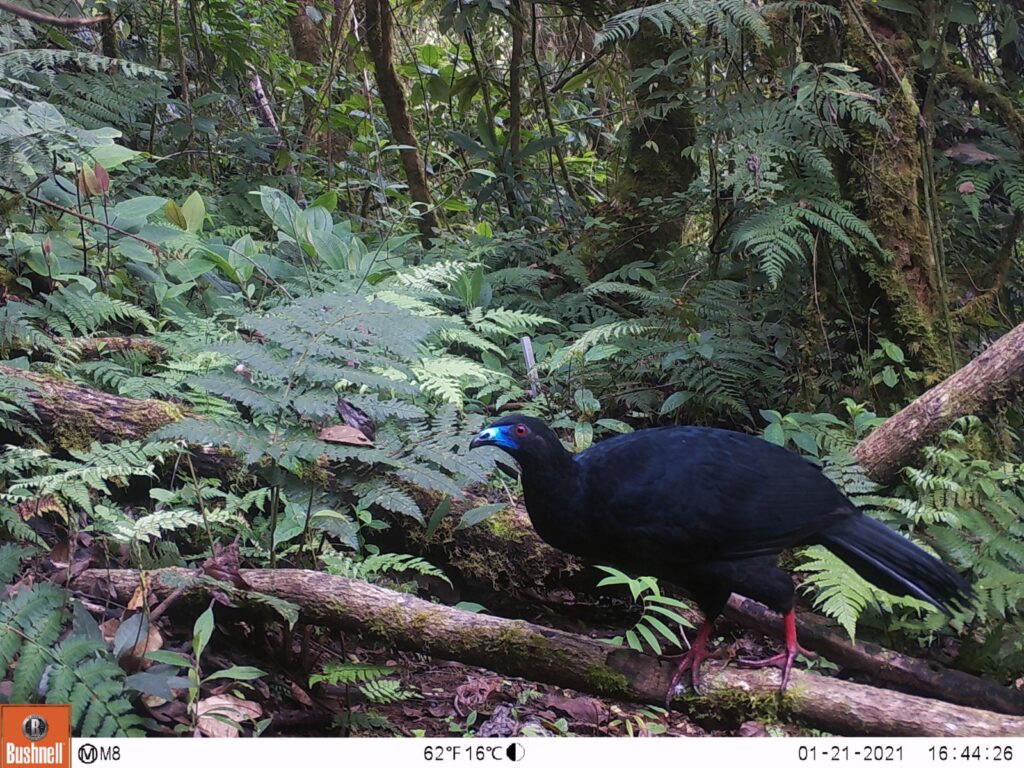
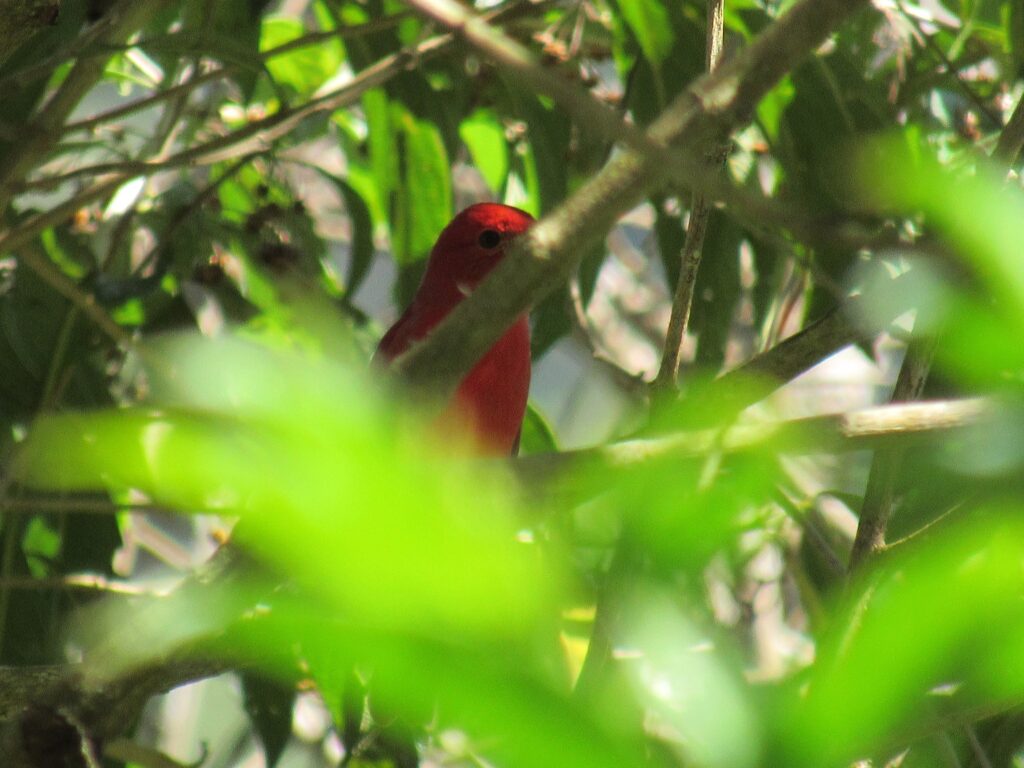
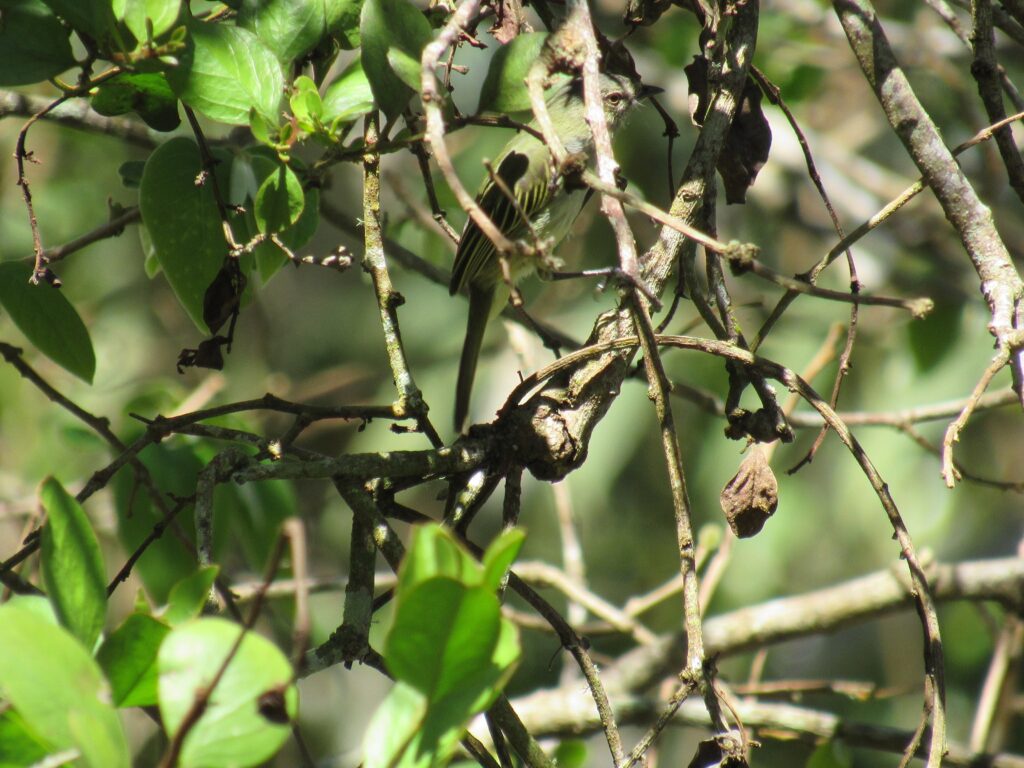
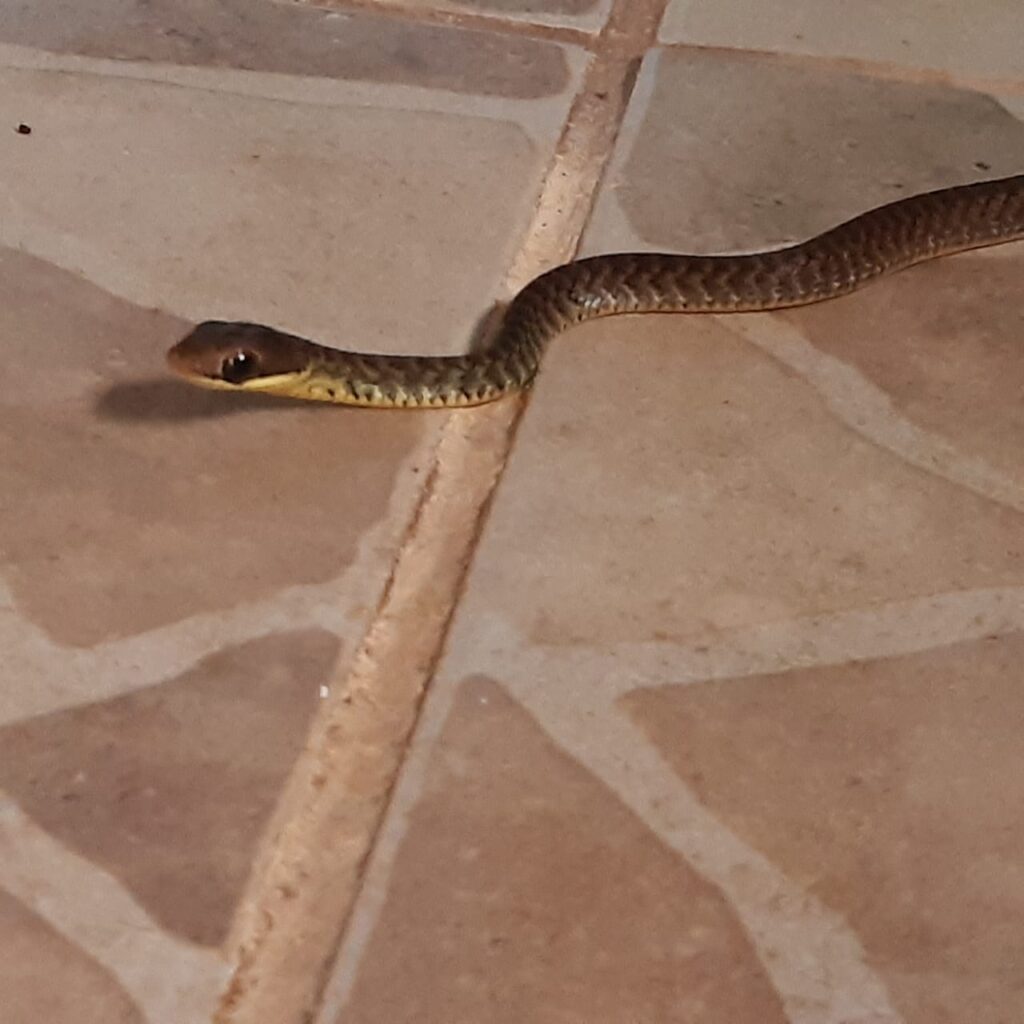
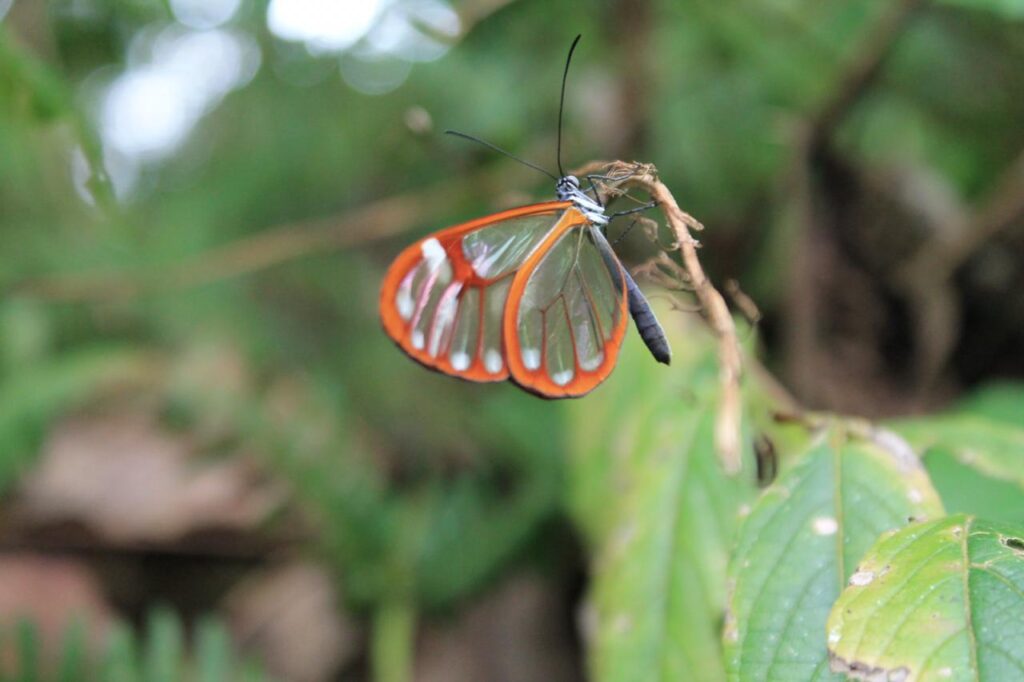
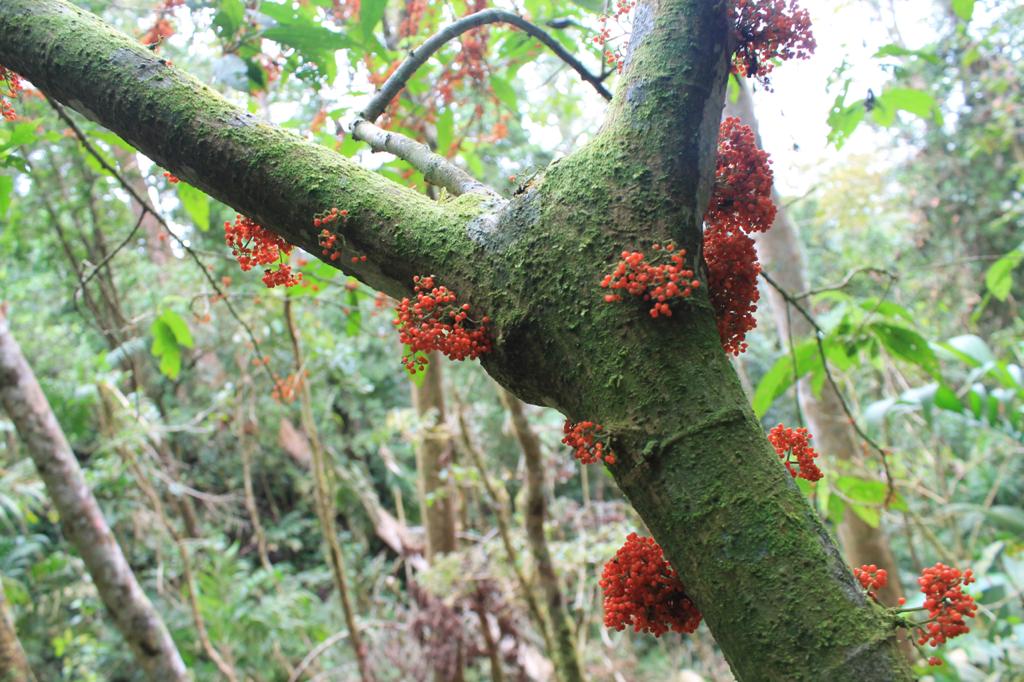
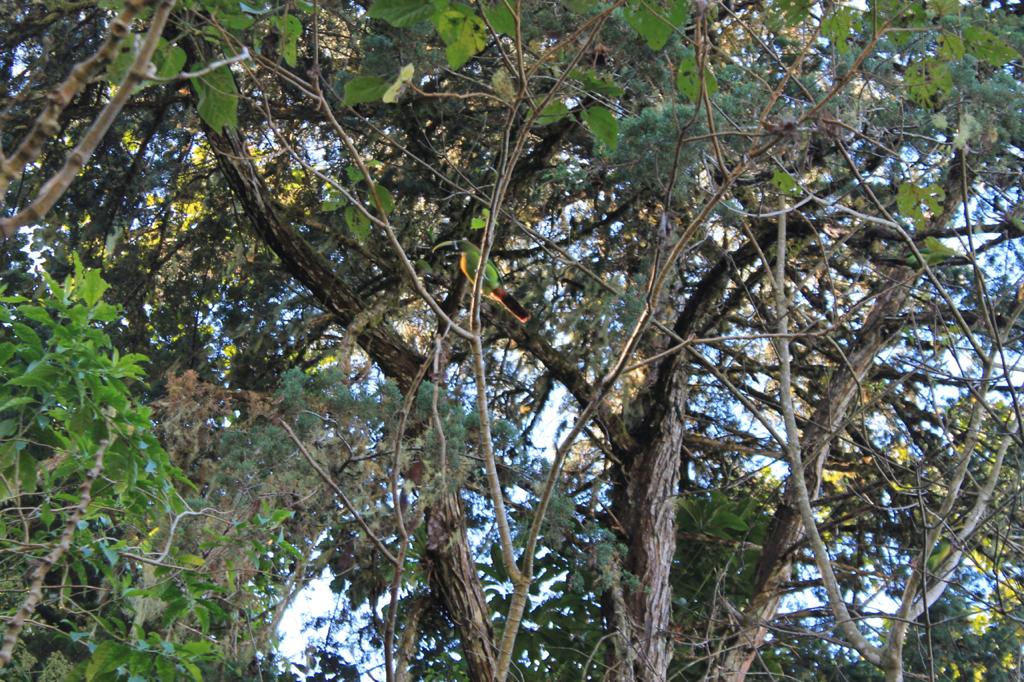

Suggested Reading
- Just in case you did not click on the link to the hummingbird study above, we highly recommend you check it out! It is always exciting when our research interns are able to publish their results : )
- We have been aware of the severity of the global decline of insect populations for some time, but this article just helps to hammer the point home.
- When most people think about commodities markets, assets like gold, wheat, or cattle come to mind. But there is a growing list of environmental commodities traded on exchanges too. These commodities include things like carbon offsets and white certificates. You can learn more in this guide.
- Designing our built environment to promote human health and wellbeing and resilience to climate change is one of the best strategies that we have as society for facing this crisis. The Global Landscape Forum has recently published a series of Policy Recommendations, we invite you to check it out.
- Many times when large infrastructure projects are developed, little thought is put into what will happen once the infrastructure´s life span has ended. This is how we are now in a situation where over half of the world´s population will soon be living downstream from obsolete dams, a worrisome prospect.
- The UNEP has warned that most countries are not taking enough action to adapt to climate change, warning that financing climate change adaptation measures should be a global priority. This video reinforces the importance of planning, financing and implementing adaptation measures.
- In this month, more than 50 countries have pledged to protect biodiversity as part of the High Ambition Coalition for People and Earth.
- And to end on a positive note, we would like to congratulate the Biden administration for the swift and concrete steps that have been taken to address the climate crisis and promote environmental justice. We are also pleased with the nomination of Representative Deb Haaland as interior secretary of the USA.

